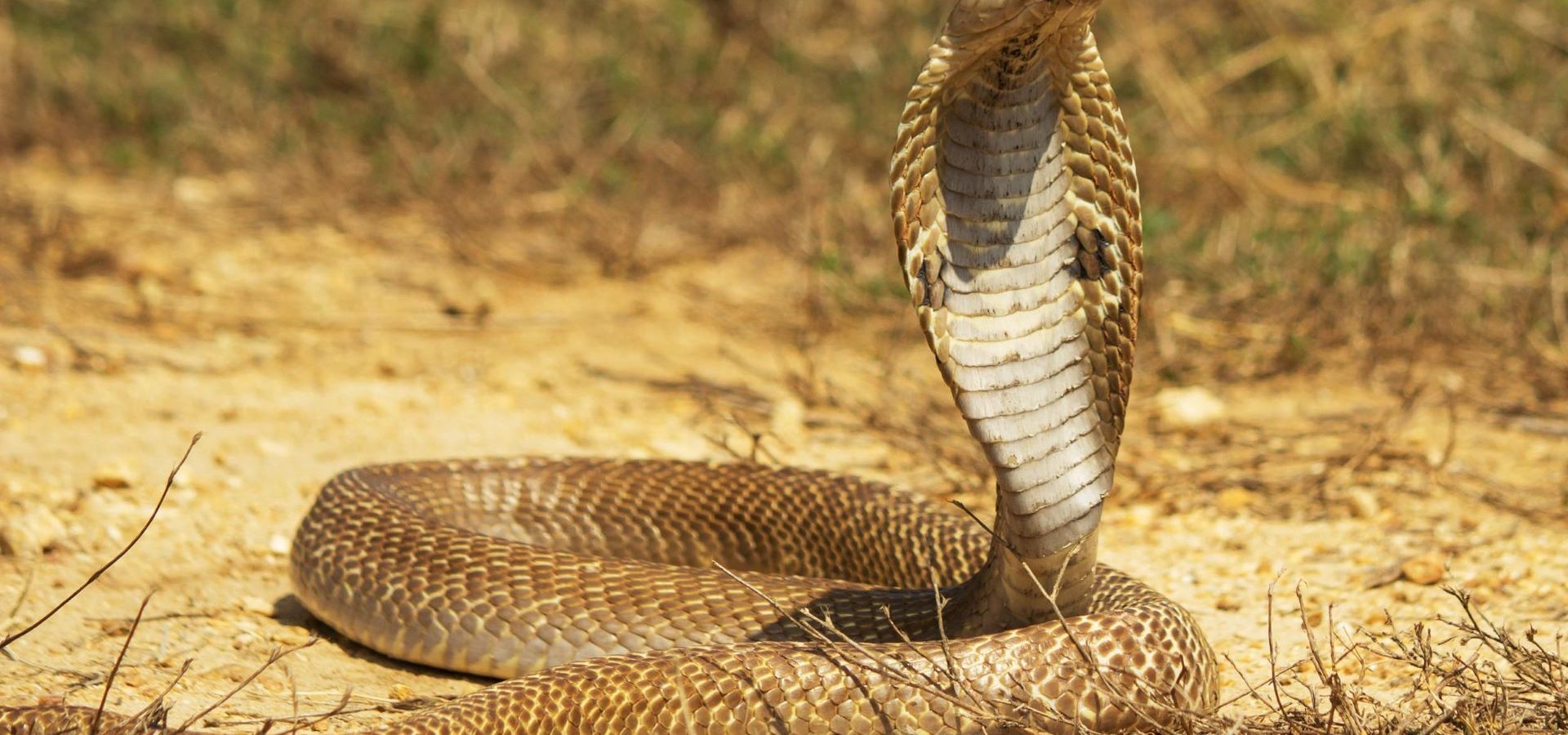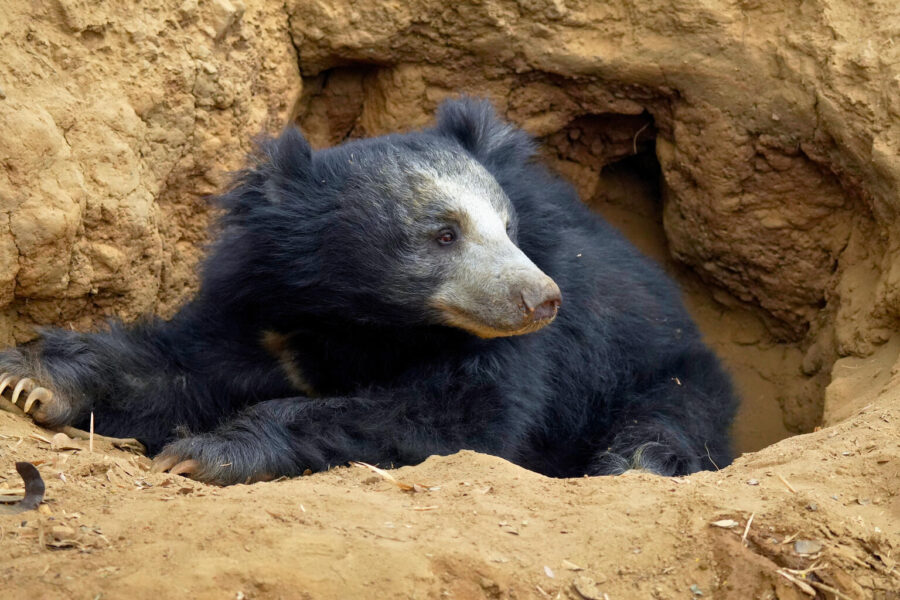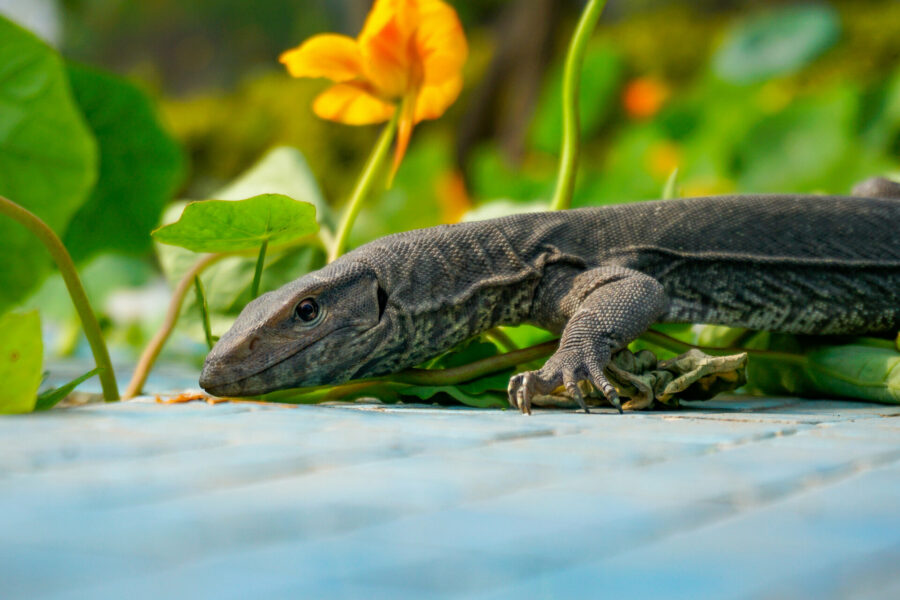If you, like us, are fascinated and intrigued by the jaw dropping (literally) ability of some snakes to swallow prey ten times larger than their heads (some can even swallow a pig!), then you’ve arrived at the right place. Snakes have some tricks up their sleeves—or should we say, up their sleek bodies—when it comes to their preying and eating behaviour. Let’s explore how they keep their tummies full.
Deer and Dinosaur Meals
Snakes are misunderstood to be bitter and vengeful. Most are mistakenly believed to be venomous. But snakes are, in fact, shy, secretive animals. Little is known to us of their ways in the wild.
Some snakes use their venom mainly for predation. While they also use their venom to defend themselves against any threat, they are rarely eager to strike, choosing to save their venom for their prey instead.
In fact, snakes may use one or a combination of the following two to subjugate and kill their prey: venom and constriction. Snakes like most cobras and vipers are venomous, while others like the Boas and Pythons are constrictors.
From tiny insects and birds to whole deer and crocodiles, snake diets vary across the animal kingdom. Researchers in India even found fossil evidence that snakes once ate baby dinosaurs. These creatures sure are ancient!
Wildlife SOS recently spotted a snacking snake : a Common krait preying on a crow in the swimming pool of a farmhouse in New Delhi! While rescuing the snake, the Wildlife SOS team took care not to disturb its natural behaviour.
Now, here’s where it gets even more interesting: some snakes are known to eat other snakes. The King cobra, Banded krait, and Indigo snake, for instance, are well-known snake-eaters. Studies have shown that cannibalism in some snakes could be linked to their state of stress: they may sometimes eat their own in order to not die of starvation.
Wildlife SOS also caught on camera a 6-foot-long Indian cobra feasting on a 5-foot-long Russell’s viper inside a farmhouse in Vadodara! Both snakes are part of the ‘big four’ venomous snakes found in India. The Indian cobra, also called the Spectacled cobra, feeds on small birds, frogs and reptiles, including snakes. The cobra was rescued by the team without disturbing its natural behaviour. Here’s the chilling video:
Still as a Snake
Does the sheer size of their meal mean snakes are voracious eaters? Nope. While the frequency of feeding varies in different snake species, some snakes like the Pythons can go without eating for a whole year, once they have feasted on a giant meal!
Snakes such as pythons and vipers are also expert ambush predators, that is, they can remain still in the same spot for a long time—months even—and wait for a prey to pass them by. How do they even do it?
Their ectothermic, that is, cold-blooded bodies do the trick. Snakes generally have slow metabolism, which they can slow down even further when needed. As they remain still without food, they shut down most of their bodily functions except the essential ones and use the stored nutrients for their growth. This way, they conserve their much-needed energy.
While most snakes use their ability to camouflage, there are others who use clever deception to lure their prey. Some snakes wiggle their tail-ends so that a passing lizard or bird mistakes it for a worm. This technique, known as ‘caudal luring’, is instinctive in some snakes, such as Copperhead snakes and Rattlesnakes. Researchers have even observed some snake foetuses moving their tiny tails this way!
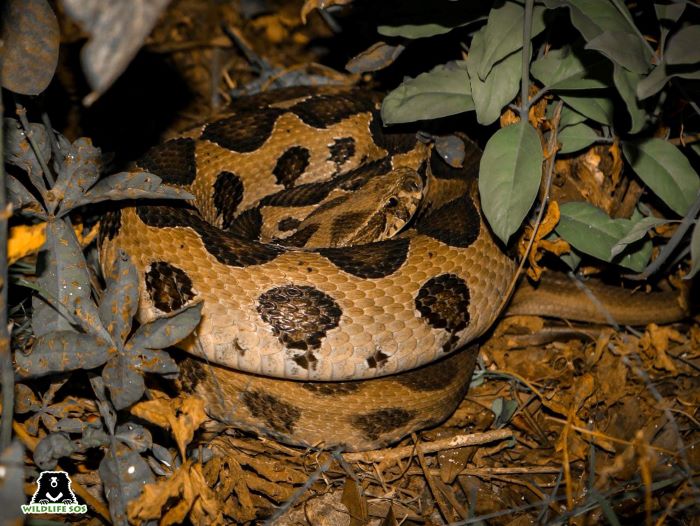
Snake Superpowers
Snakes also use some of their unique biological features to hunt prey. Some snakes, for instance, like the vipers and boas have special heat pits on their heads that allow them to detect the body heat of animals or even the heat of surfaces around them. This aids them excellently to hunt even in the pitch darkness of night.
You must have surely seen snakes often flick their forked tongues. But why do they do it? To smell. That’s right. Snakes have a special organ called the Jacobson’s organ in the roof of their mouth. If the scent of the prey is stronger on one tip of its forked tongue, the snake knows that it must head in that direction.
Having remained on the Earth for so long, with some ever since the dinosaur age, these reptiles sure have survived with amazing adaptive superpowers.
Join our facebook group and keep yourself on the know about everything-reptiles!
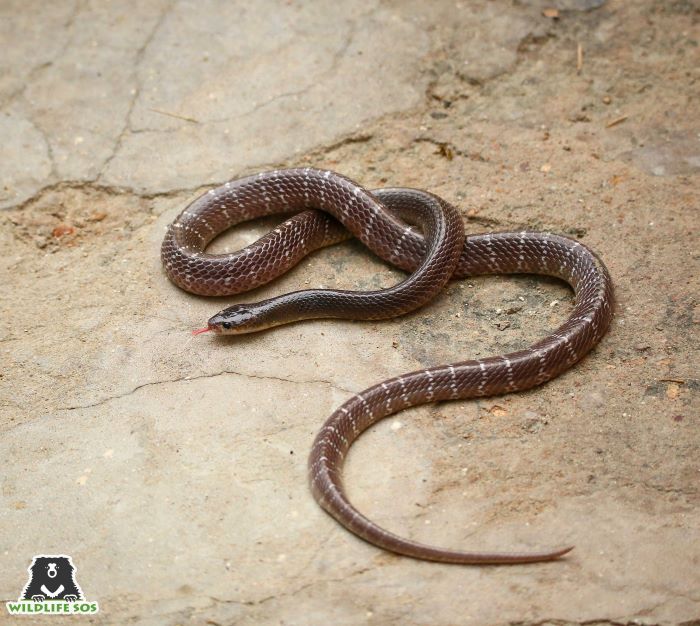
Wildlife SOS receives several calls of snake sightings in human inhabited areas. We run a 24×7 helpline that provides aid to animals in distress. If you spot a snake around you, and are based in either of the following cities, please contact us:
Delhi NCR – +91-9871963535
Agra & Mathura in Uttar Pradesh – +91-9917109666
Vadodara, Gujarat – +91-9825011117
Jammu & Kashmir – +91 7006692300, +91 9419778280
Do reach out to your nearest wildlife rescue organisation in case you are not in the above mentioned regions.
If you wish to support us in our rescue and conservation efforts of these magnificent animals, click here.

